Faced with challenges and difficulties that traditional craft villages face, Hanoi city is implementing many support solutions, creating bridges for craft villages to develop and integrate into the international market.

Limited scalability
Hanoi currently has about 1,350 craft villages and villages with crafts, of which 337 craft villages and traditional craft villages have been recognized. Hanoi is also the only locality in the country that has 47/52 recognized traditional crafts, accounting for nearly 90% of the total number of traditional crafts at the national level. This is a special advantage for developing the export of products associated with the cultural industry in the period of deep international integration.
However, according to Dr. Vu Thuy Hien, Head of the Department of Cultural and Social Research (Hanoi Institute for Socio -Economic Development Research), the ability to supply handicraft products of Hanoi craft villages is currently assessed as relatively stable, with great potential for export to international markets. However, reality also shows that the capacity to expand scale is still limited, especially in traditional handicraft product groups, requiring high techniques and complex processes. Therefore, there needs to be a specific strategy on techniques, production organization and technological innovation to improve competitiveness.
Deputy Director of Hanoi Department of Industry and Trade Nguyen Anh Duong said that Hanoi's handicraft and traditional craft village production industry is currently facing many challenges. These include fierce competition in the international market, increasing demands on product quality and design, the problem of human resources in traditional craft villages, and changes in consumer tastes in the digital age...
Artisan Ha Thi Vinh (Bat Trang ceramic village, Gia Lam district) shared that, for the ceramic industry, this is not just a profession, it is also a journey of creation and cultural preservation. Each product is a story, a mark in the flow of heritage. The question is how will the craft village and producers prepare to take advantage of the golden opportunity from integration, to succeed and go further?
Need cooperation from many parties
Recently, the Hanoi Department of Industry and Trade organized a thematic exhibition of handicraft products, OCOP (One Commune One Product Program), typical rural industries in the ceramics - gilded lacquer industry in 2025. This is the first event in a series of thematic exhibitions of handicraft products, OCOP and typical rural industrial products at the "Capital OCOP Product Display, Introduction and Promotion Point" in 2025.
With more than 320 products on display, the exhibition introduced and promoted outstanding and creative designs of ceramics and gilding by artisans and experts from craft villages. These are two long-standing traditional crafts of Hanoi, not only having economic significance, but also demonstrating ingenuity, talent and cultural depth.
Deputy Director of Hanoi Department of Industry and Trade Nguyen Anh Duong said that the exhibition is one of many activities organized by Hanoi Department of Industry and Trade to help enterprises and rural industrial production facilities in the ceramic - gilding industry in Hanoi learn and put designs into actual production, meeting market requirements.
In addition, activities such as this exhibition also contribute to promoting trade and promoting trade, opening up opportunities for cooperation, connecting supply and demand, creating momentum for the handicraft industry to develop sustainably in the period of deep integration.
To sustainably develop the handicraft industry in particular and traditional craft villages in general in the context of deep international integration, Deputy Director Nguyen Anh Duong said that Hanoi needs a comprehensive, synchronous and long-term strategy; continue to perfect mechanisms and policies to support traditional industries, especially policies on land, finance, credit, intellectual property protection and sustainable production environment. Relevant units also need to strengthen inter-sectoral coordination in developing craft village tourism - culture - experience - creativity, in order to increase the value and appeal of handicraft products, combining culture, trade and services.
Artisan Ha Thi Vinh believes that the city needs to strengthen the role of artisans and skilled workers in passing on their craft and training the next generation. At the same time, it is necessary to have preferential policies and support to keep young people returning to traditional crafts, thereby creating continuous and creative inheritance in preserving intangible cultural heritage. The city continues to support businesses and production facilities to improve technology, innovate designs, build brands and develop modern distribution systems, both on digital platforms and in the international market. In addition, it is necessary to promote trade and promote products through specialized exhibitions and fairs at home and abroad, connecting with e-commerce platforms and modern media channels.
“The cooperation of managers, experts, researchers, artisans and craft villages will help promote the value of traditional cultural heritage, while at the same time, gradually transforming digitally, innovating and improving the competitiveness of the handicraft industry in the coming period,” affirmed Nguyen Anh Duong, Deputy Director of the Hanoi Department of Industry and Trade.
Source: https://hanoimoi.vn/ha-noi-ho-tro-lang-nghe-quang-ba-san-pham-mo-rong-thi-truong-tao-cau-noi-de-phat-trien-va-hoi-nhap-706376.html








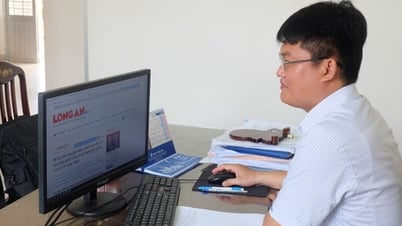





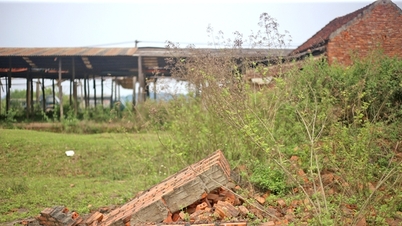



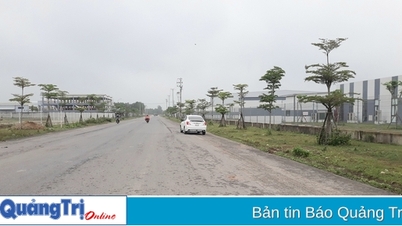

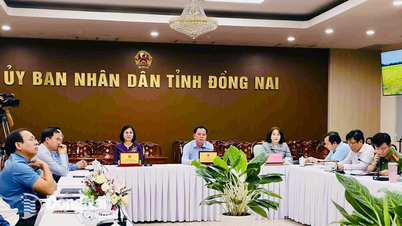


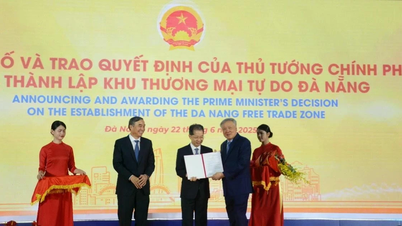

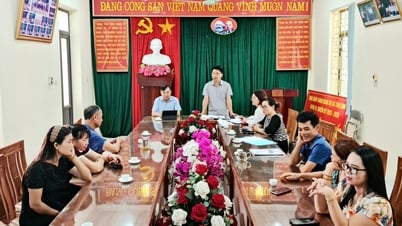











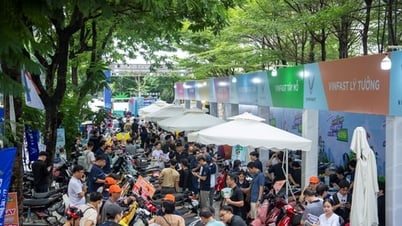

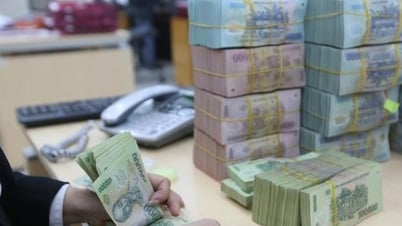
















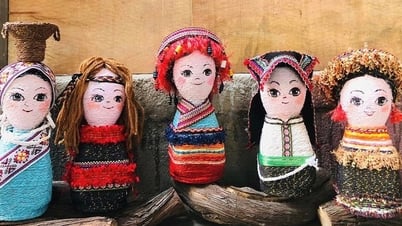








![[Maritime News] Wan Hai Lines invests $150 million to buy 48,000 containers](https://vphoto.vietnam.vn/thumb/402x226/vietnam/resource/IMAGE/2025/6/20/c945a62aff624b4bb5c25e67e9bcc1cb)









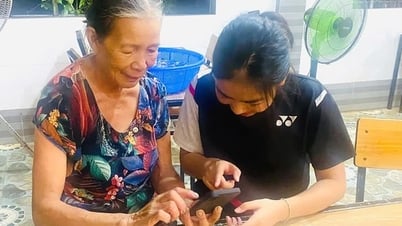




![[Infographic] Party Committee of the Ministry of Culture, Sports and Tourism: Marks of the 2020 - 2025 term](https://vphoto.vietnam.vn/thumb/402x226/vietnam/resource/IMAGE/2025/6/22/058c9f95a9a54fcab13153cddc34435e)





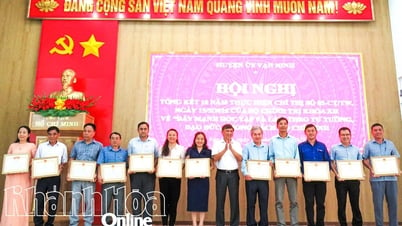













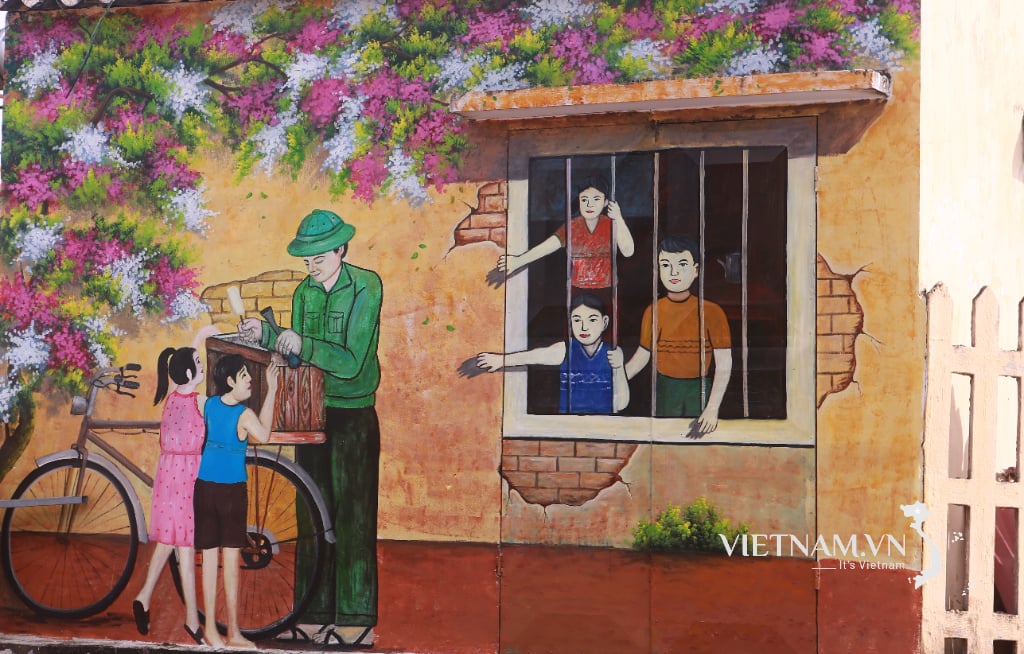


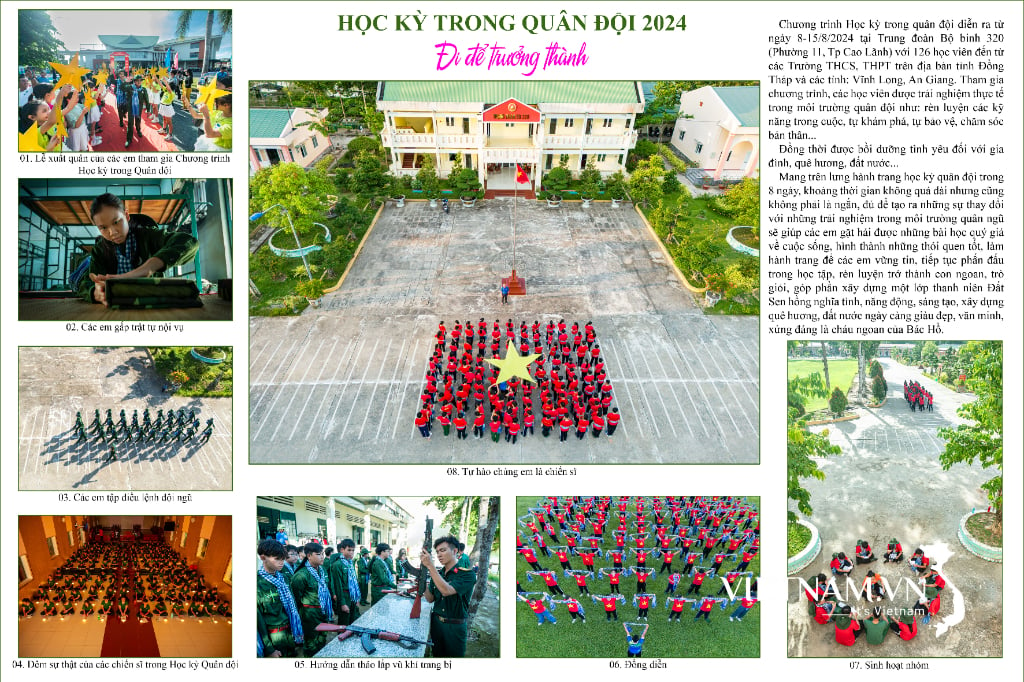
Comment (0)